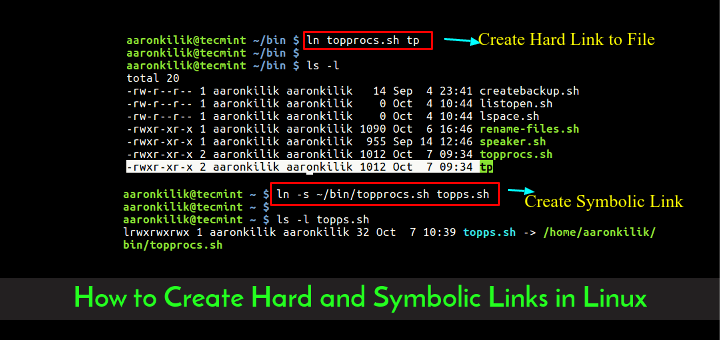

There are no differences in the way this policy setting works between the supported versions of Windows that are designated in the Applies To list at the beginning of this topic. Default values are also listed on the policy’s property page.ĭomain Controller Effective Default SettingsĬlient Computer Effective Default Settings The following table lists the actual and effective default policy values for the most recent supported versions of Windows. GPO_name\Computer Configuration\Windows Settings\Security Settings\Local Policies\User Rights Assignment Default valuesīy default, members of the Administrators group have this right. Symbolic links can expose security vulnerabilities in applications that are not designed to handle them. This user right should only be given to trusted users.This policy setting is supported on versions of Windows that are designated in the Applies To list at the beginning of this topic.Ĭonstant: SeCreateSymbolicLinkPrivilege Possible values Symbolic links can expose security vulnerabilities in applications that aren't designed to handle them.

Warning This privilege should only be given to trusted users. Microsoft has implemented symbolic links to function just like UNIX links. Symbolic links are designed to aid in migration and application compatibility with UNIX operating systems. The links appear as normal files or directories, and they can be acted upon by the user or application in exactly the same manner. The object that is pointed to is called the target. This user right determines if users can create a symbolic link from the computer they are logged on to.Ī symbolic link is a file-system object that points to another file-system object. This security policy reference topic for the IT professional describes the best practices, location, values, policy management, and security considerations for this policy setting. Applies To: Windows Vista, Windows Server 2008, Windows 7, Windows 8.1, Windows Server 2008 R2, Windows Server 2012 R2, Windows Server 2012, Windows 8


 0 kommentar(er)
0 kommentar(er)
